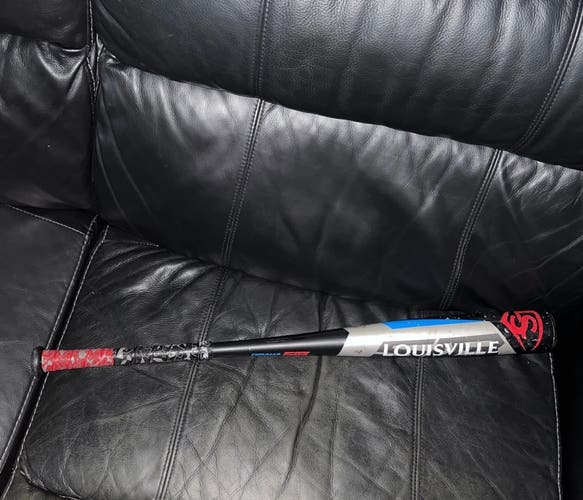Popular Baseball Bat Models
See more Popular Baseball Bat Models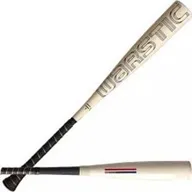
Warstic Bonesaber
205 Available

Louisville Slugger Atlas
233 Available

Louisville Slugger Select PWR
286 Available

Easton ADV 360
345 Available
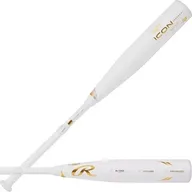
Rawlings Icon
457 Available
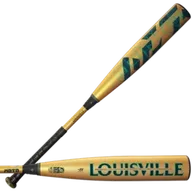
Louisville Slugger Meta
1665 Available

Marucci CAT X
716 Available
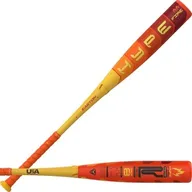
Easton Hype Fire
777 Available
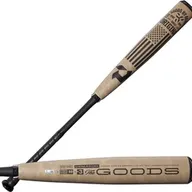
DeMarini The Goods
1009 Available

Marucci CAT X Connect
291 Available

DeMarini CF
1108 Available
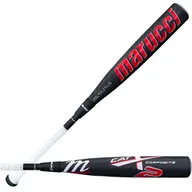
Marucci CAT X Composite
681 Available
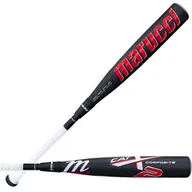
Marucci CAT9
1069 Available
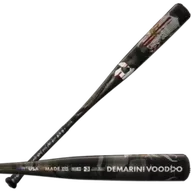
DeMarini Voodoo One
668 Available
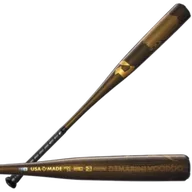
DeMarini Voodoo
497 Available
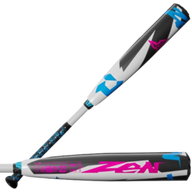
DeMarini CF Zen
695 Available

DeMarini Zoa
600 Available

Victus Vibe
223 Available

Marucci F5
298 Available
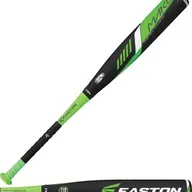
Easton Mako
743 Available
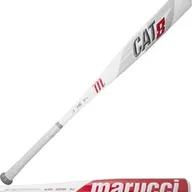
Marucci CAT8
486 Available
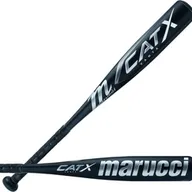
Marucci CAT X Vanta
175 Available
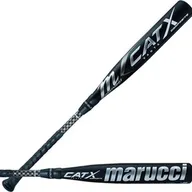
Marucci CAT
602 Available
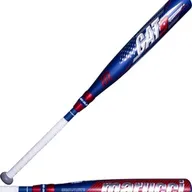
Marucci CAT9 Composite
243 Available

Easton Speed
306 Available
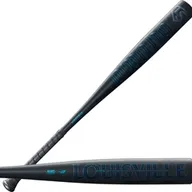
Louisville Slugger Omaha
311 Available
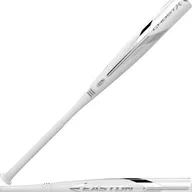
Easton Ghost X
154 Available
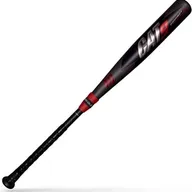
Marucci CAT9 Connect
375 Available
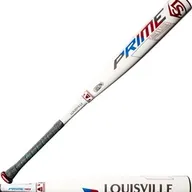
Louisville Slugger Prime 919
182 Available
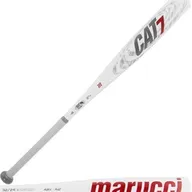
Marucci CAT7
286 Available
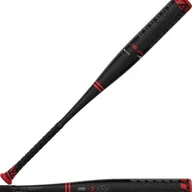
Easton Alpha ALX
256 Available
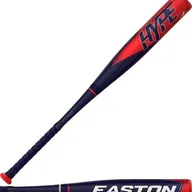
Easton ADV Hype
291 Available
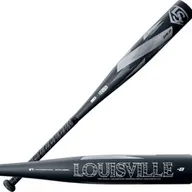
Louisville Slugger Solo
340 Available
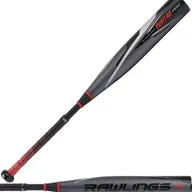
Rawlings Quatro Pro
121 Available
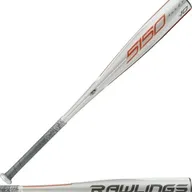
Rawlings 5150
365 Available
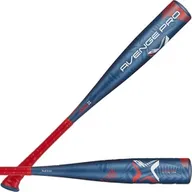
AXE Avenge Pro
151 Available

Victus Nox
447 Available
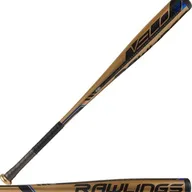
Rawlings Velo
443 Available
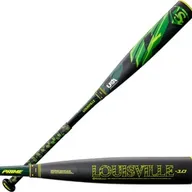
Louisville Slugger Prime
213 Available

Easton Beast X
140 Available
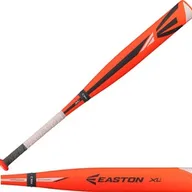
Easton XL1
138 Available
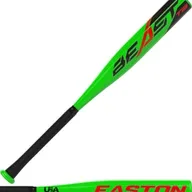
Easton Mako Beast
158 Available
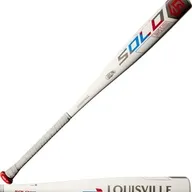
Louisville Slugger Solo 619
106 Available

Victus Vandal
217 Available

DeMarini CF Glitch
93 Available

Easton MAV1
197 Available
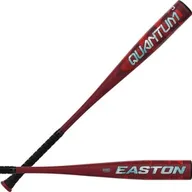
Easton Quantum
123 Available
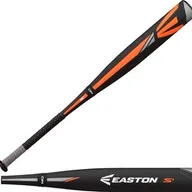
Easton S1
157 Available

Easton Mako Torq
83 Available
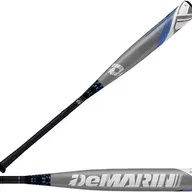
DeMarini CF7
77 Available
Trending Bat Listings
See more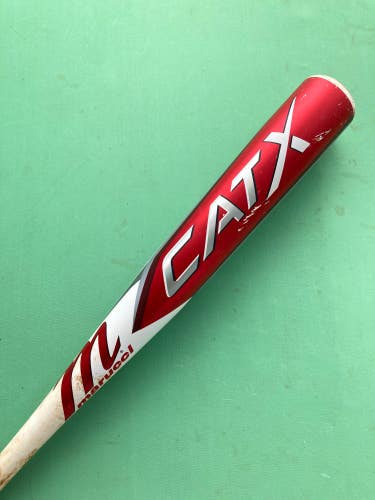
Game_Ready
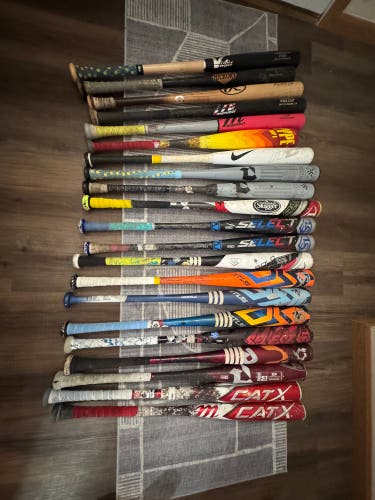
Gaitheraidan
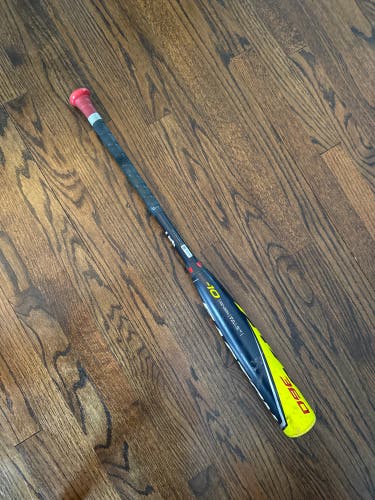
SAnto1
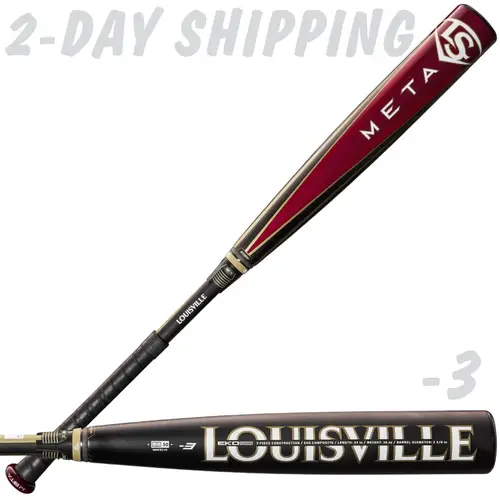
ProtechProducts
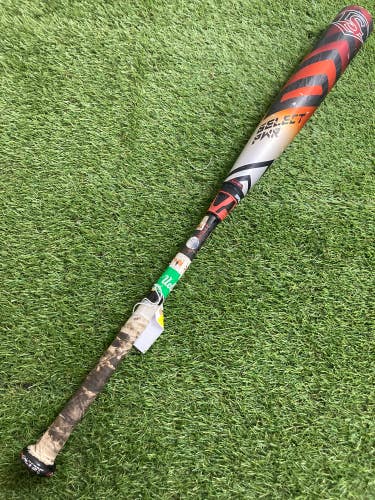
sportsxchange
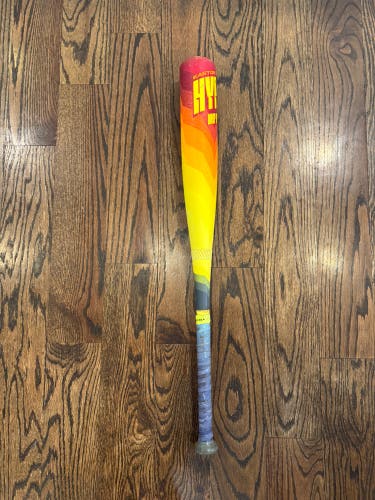
tmedlin3415

JJenni825
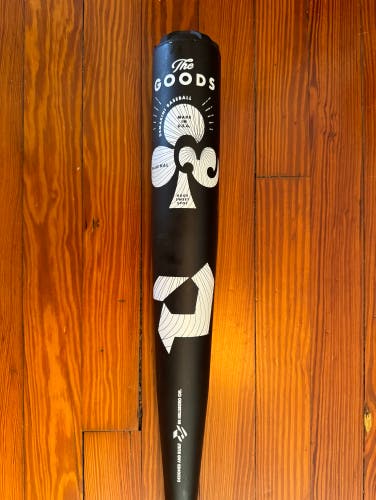
Ploew
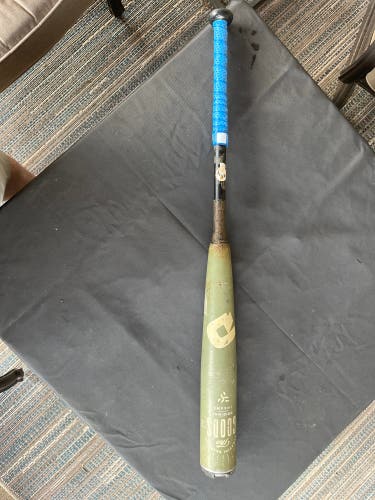
Mmunson5

sportsxchange
Shop by Bat Certification
USSSA CertifiedBBCOR CertifiedUSABat CertifiedTraining Bats
5,757 Results

813_bats

813_bats

VStertz
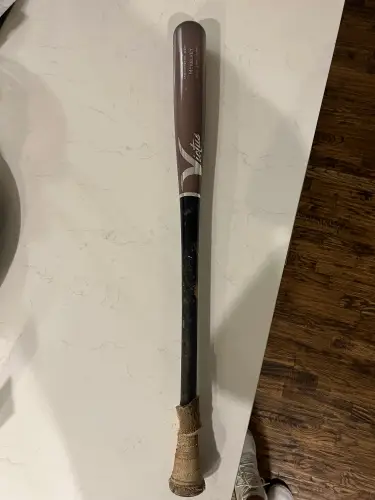
Graysonm11
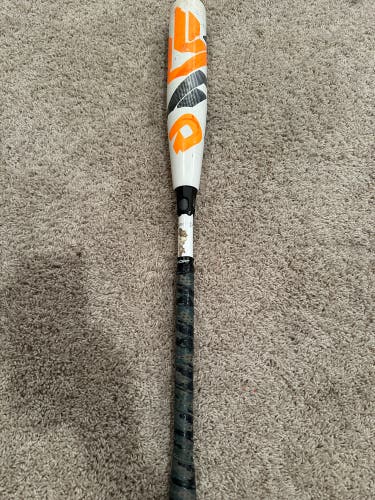
ctholmes3
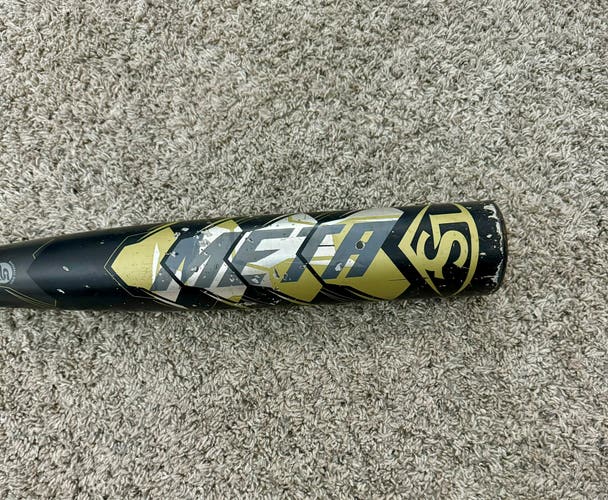
Jayma

concert_vinyl

JustinATX
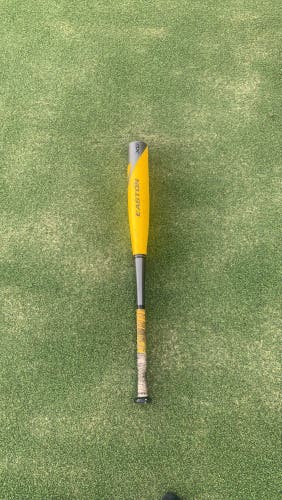
cooper_davis2
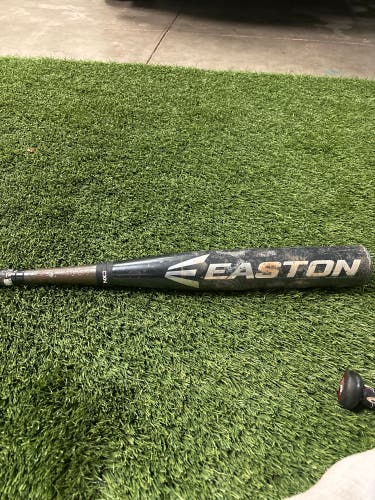
Baseball4Lifers

bmzt_22
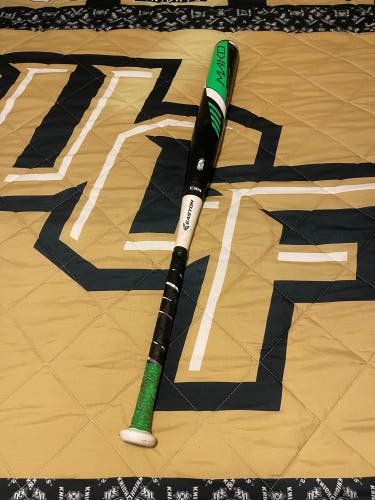
813_bats

Side8Line9Swap0
Victus Fernando Tatis 31”
$108$12010%

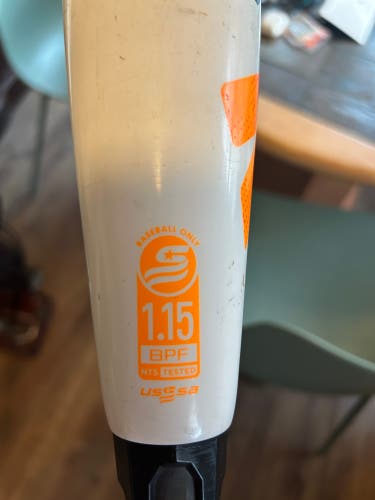
Dqarrenm
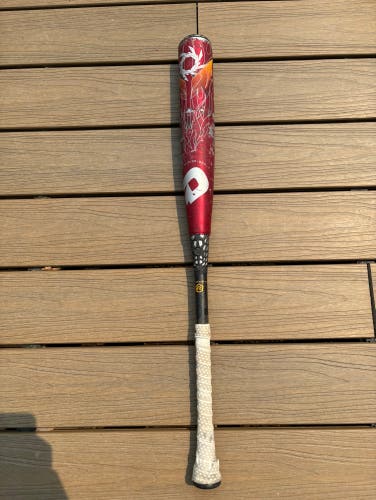
Alexhirai
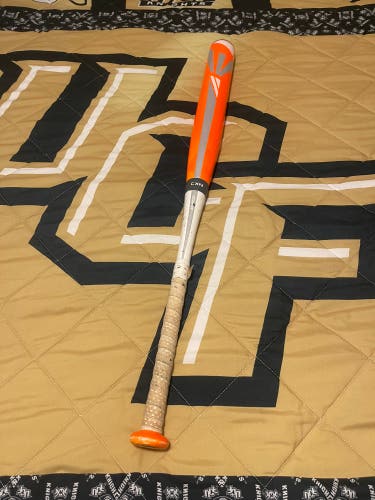
813_bats

Star_627

Baseballboy223
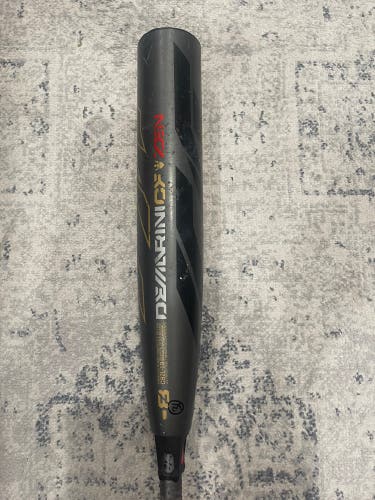
jimmyjr000
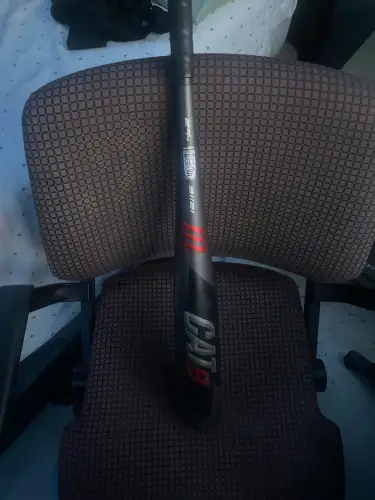
Ronyffffff

joetonetti
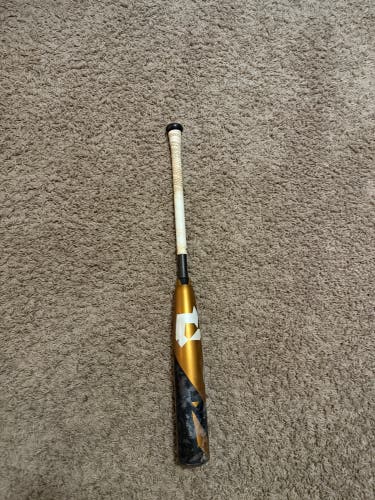
Coltschu23

chonjinuk
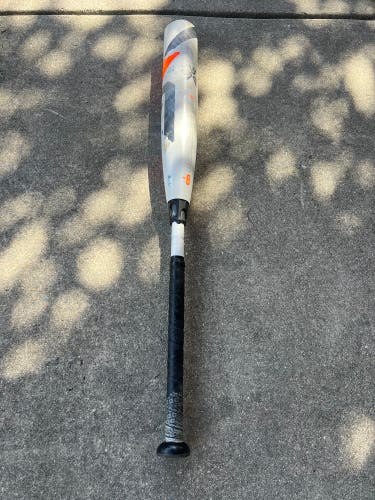
Balldad6
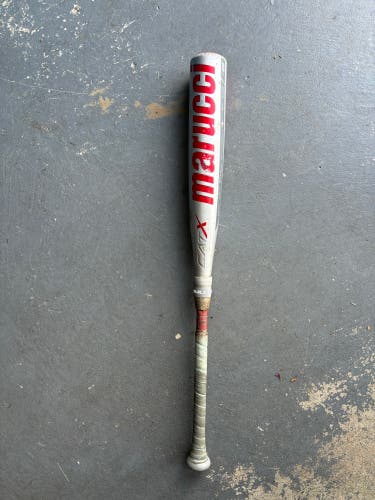
Bowdeen

813_bats
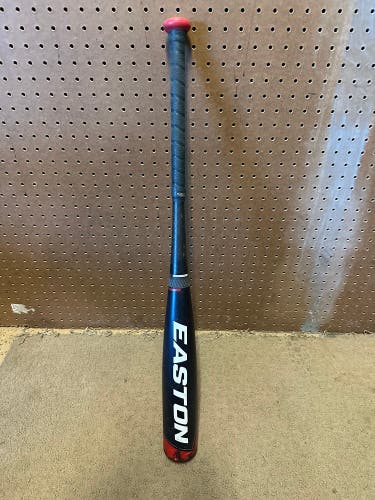
USDTIM13

Bkobylin

bobbyboucher

BStakes


